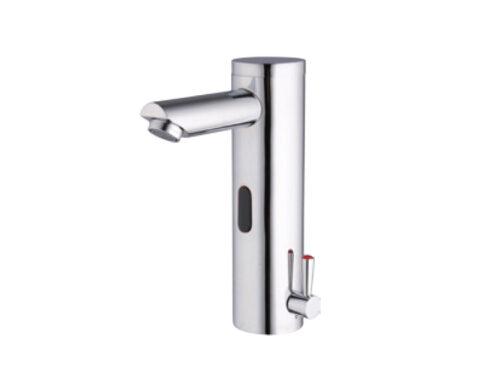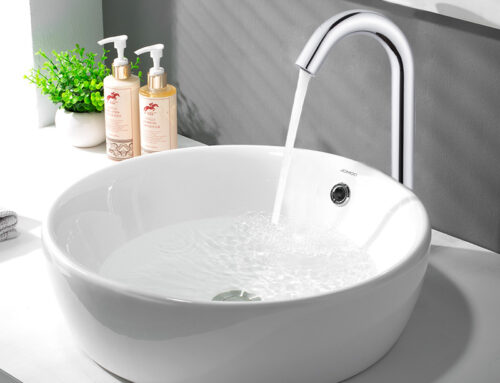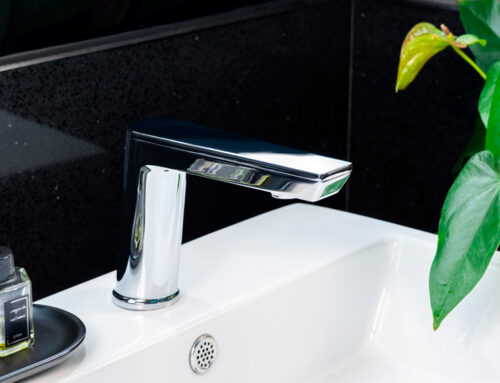Now, we are now seeing a significant increase in the use of touchless sensor faucets in restroom construction and remodeling. Many businesses and even homeowners are choosing to accelerate the move from manually operated faucets to sensor-activated touchless technology. Now, more than ever, it is more important than ever to upgrade to touchless sensor-operated devices in high-traffic, high-touch areas such as restrooms. Touchless faucets offer many benefits, from minimizing the spread of germs to conserving water and keeping employees, tenants, and guests healthy and protected.
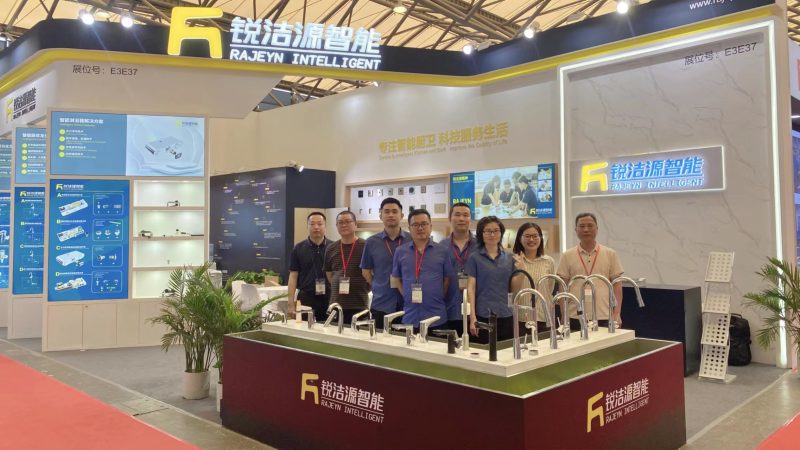
As noted above, public restrooms are high-traffic environments where large numbers of people gather and share facilities, thus serving as potential hotspots for the spread of germs and disease from person to person. RAJEYN touchless faucets play an important role in solving this problem by minimizing direct contact with contaminated surfaces. So installing a touchless sensor faucet is beneficial and important.
The Advantages of Hands-free Sensor Faucet
Adopting hands-free technology in commercial applications has three main benefits: Cleaning, easy accessibility, and water conservation.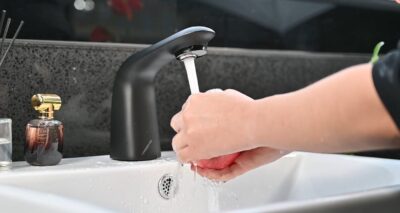
Sensor faucets improve hygiene in obvious ways — eliminating a touchpoint in restrooms, and avoiding touching the handles or buttons that had been used by other people.
Sensor faucets simplify basic water operations, making turning on the water as easy as walking to the sink. This ease of use may facilitate hygienic behavior, especially in applications such as food service and healthcare, where cleaning is critical to preventing the spread of pathogens.
With a sensor faucet, water is only turned on when needed, saving up to 30% of water per wash compared to traditional manual faucets. Multiply that by the number of sinks in a large public facility, and the individuals who use them, and the overall impact can be huge. Add in sewer bills and the associated energy to heat the water, and the impact is compounded further.

